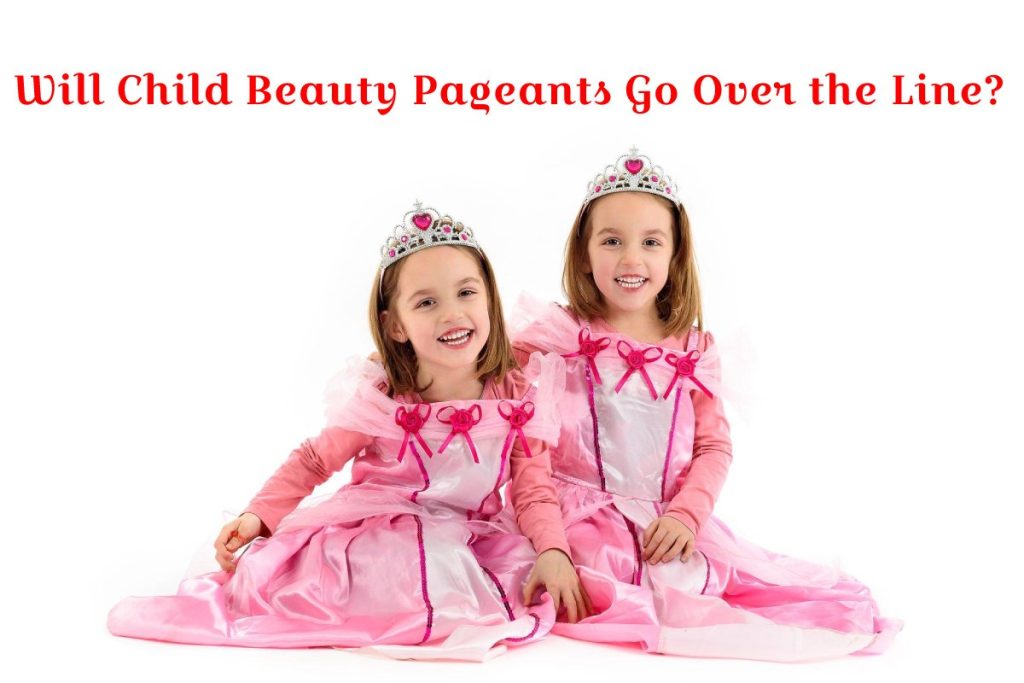Introduction
To increase tourism, the proprietor of a hotel in Atlantic City came up with the idea for Child Beauty Pageants in 1921. However, that notion had already gained traction because of nationwide “Most Beautiful Child” competitions in big cities. At Posts Amusement Park in New Jersey, the Little Miss America pageant occurred in the 1960s. It was initially intend for young people between the ages of 13 and 17, but by 1964, there were more than 35,000 participants, prompting an age divide. In Miami, Florida, towards the beginning of the 1960s, the first modern Child Beauty Pageants were a stage. The number of spectacles in the sector has increased to over 250,000. As its popularity grows, it is a growingly profitable industry that brings in around $20 billion annually to the Americas.
Varieties For Child Beauty Pageants
Even though most Child Beauty Pageants only accept female contestants, an increasing number also receive male contestants. Boys’ age divisions frequently end at age 6, with few continuing over that age due to low participation and negative public perception. Age categories often include names like “Baby Miss,” “Petite Miss,” “Little Miss,” and others. Typically, the following age ranges are used to categorise people: 0-11 months, 12-23 months, 1-3 years, 4-6 years, 7-9 years, 10-12 years, 13-15 years, and 16-18 years. For boys, two age groups, such as 0-3 years and 4-6 years, may occasionally be combined.
Contestants Of Child Beauty Pageants
Contestants will compete for two hours or less, depending on the type of pageant system they are participating in. For beauty or formalwear events and other modelling-based competitions, pageants typically include a rule of “no more than one and a half minutes on stage” for every child. With the occasional exception, talent generally is only allowed to perform for two minutes or less.
Girls must have various “routines” for each competition round in glamour pageants. Routines are made up of several motions frequently referred to as “sassy stroll,” “beautiful feet,” and more. “Duckface” emotions on the face can be very expressive.
The term “pro-am modelling.”
The term “pro-am modelling” is frequently uses to describe this kind of modelling. Contestants should also expect big hair (including synthetic hair), immaculate makeup, spray tans, flippers (fake teeth), and nail extensions. The easiest way to sum up glitz pageants is “everything goes.”
Natural Child Beauty Pageants, in comparison, have relatively rigid requirements for attire, makeup, hair extensions, etc. For ladies performing on stage, programmes like National American Miss only allow matte lipgloss and mascara. “Miss America-style” is a common term to describe this modelling type. While some pageants have a set of required movements, others give ladies more freedom when using the stage or runway.
Do Child Beauty Pageants Go Too Far?
A certain amount of self-confidence is suitable for kids, but pageants can push it too far, encouraging kids to place too much value on physical attractiveness. When a cute child develops into an “ugly duckling,” Brown is also concerned for the child’s emotional health.
What Impact Do Beauty Contests Have on Young People?
The talent show may even feature them performing controversial routines. The American Psychological Association claims that sexualising females can cause various problems, including eating disorders, sadness, low self-esteem, shame and anxiety.
What Is the Price of Child Beauty Pageants?
“Rhinestones, expert hair and makeup spray tans, false nails, and more quickly add up. Depending on the pageant’s level, the admission cost ranges from $50 to $500.” Additionally, the competitions charge $20 to $30 extra for each additional category you enter, such as talent or casual attire.
What Are the Drawbacks of Beauty Pageants?
The participants in these pageants or competitions risk developing eating disorders, depression, body dysmorphia, and body dissatisfaction.
Objection On Child Beauty Pageants
When parents enter their kids in pageants, they may receive criticism. Pageants are perceived as encouraging a highly superficial, contemporary sort of femininity by pushing very young girls to a “beauty” standard involving items like makeup and spray tans. Shelby Colene Pannell, a sociologist, wonders why parents willingly subject their kids to such intense gender stereotyping.
Security Of Child Beauty Pageants
Parents continue to defend why they allow their young children to compete in these pageants in the face of criticism. Harvard University student researcher Hillary Levy discovered that many parents believed their kids, even the boys, could develop poise and confidence in front of a crowd. Birth malformations were not perceived negatively by the parents of affected children.
Why are kids’ beauty pageants unsuitable?
Child beauty pageants could result in negative consequences such as body dissatisfaction, eating disorders, depression, and other mental health problems, which are already challenges in today’s society. Too many people will continue to be repulse by their natural appearance if beauty pageants are still held in the United States.
Conclusion
Young girls should not be expose to a worldly mentality since they are “sponges” that absorb everything in their environment because they are at an age when this is appropriate. If they succeed in being who they want to be and not what their mothers want them to be, will they succeed in getting first place and winning the tiara they desire, as well as being winners in life?
